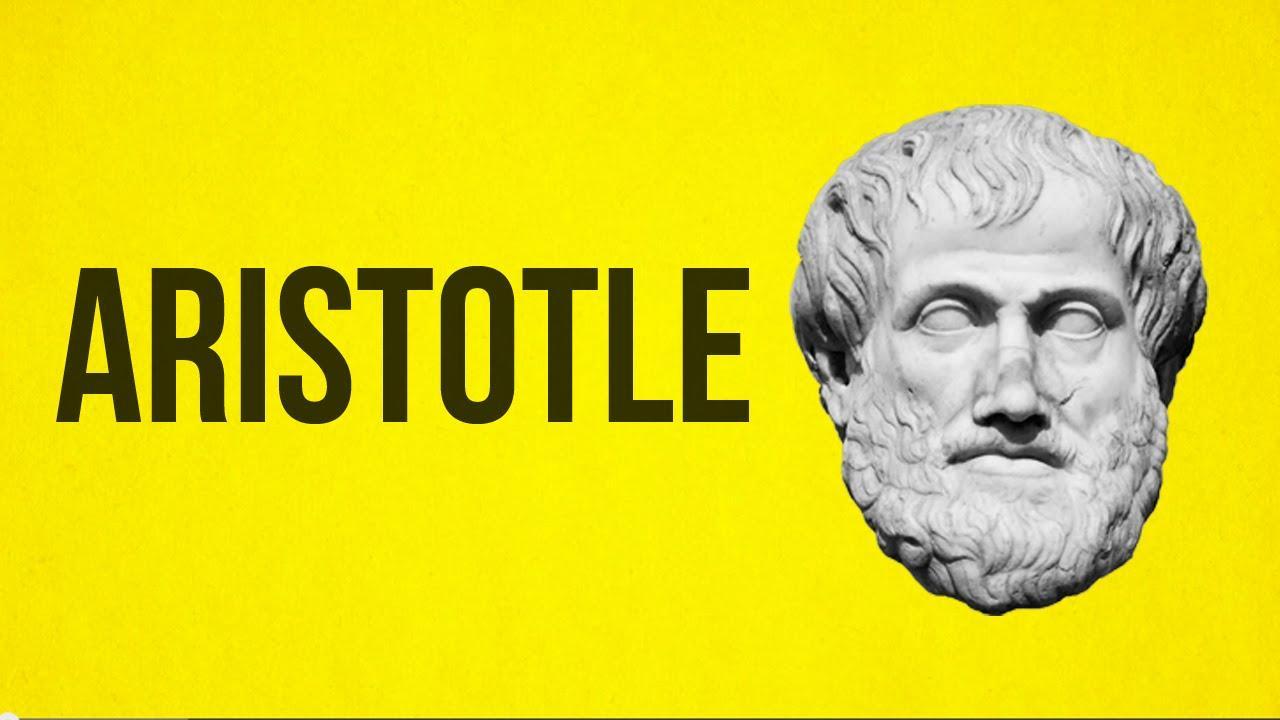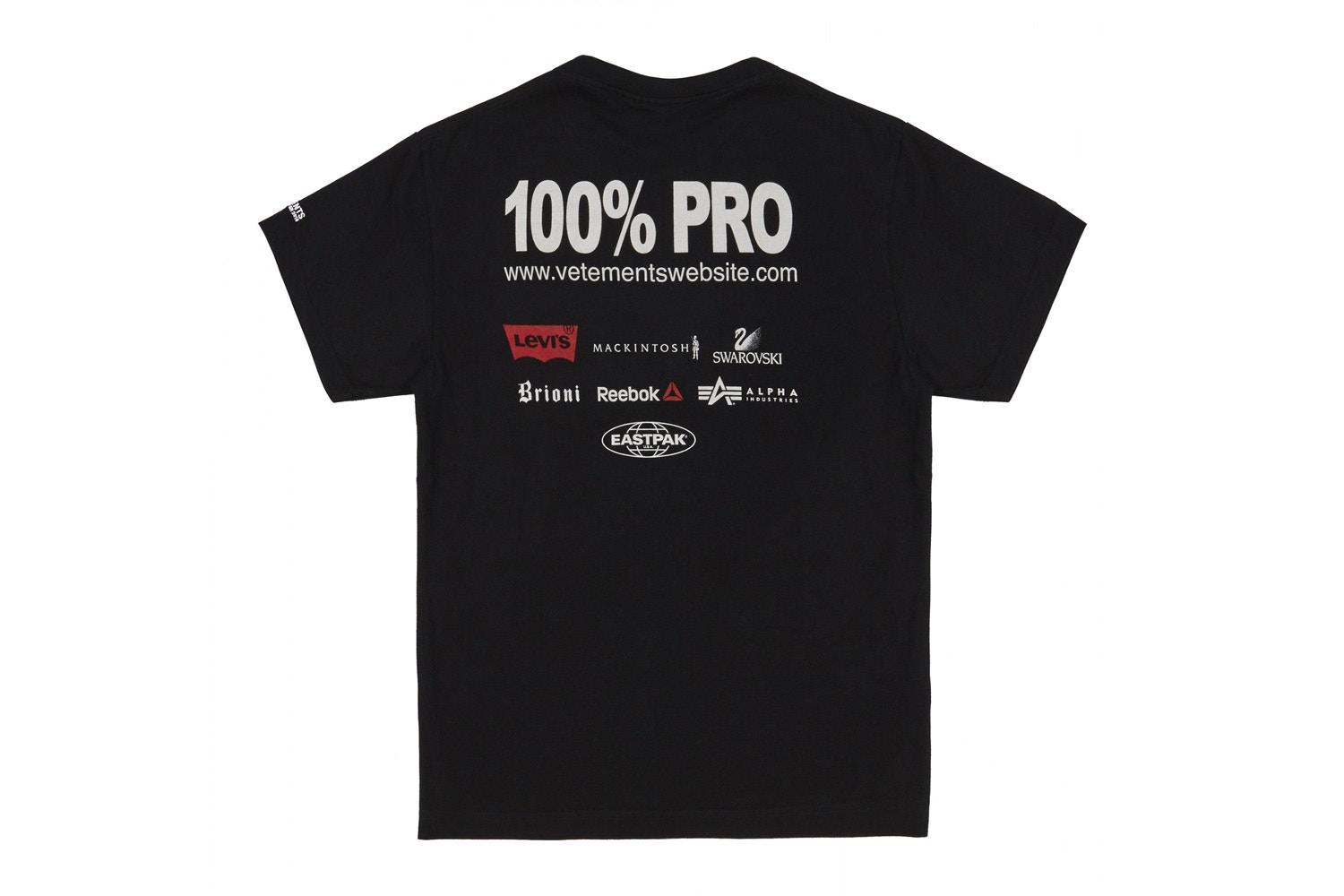How to Build a Successful Team by Using What Makes Us Human
You don’t have to be the best of the best to qualify for a top job. Google’s Project Aristotle studied 180 teams to discover that the whole can be greater than the sum of its parts.

A two-year research endeavor conducted by Google to define the characteristics of the most successful teams, Project Aristotle, won’t provide you with the quantitative data you may be looking for.
Who wants to be a slave to boring numbers anyway? Google’s findings represent a more human vision of the workplace.
Innovation through team collaboration
Collaborative activity has sky rocketed in the last two decades, but do we understand how to foster a successful team?
Businesses are becoming increasingly global and cross-functional. The age of the startup has facilitated a world in which the bulk of modern work has become obsessed with team-based collaboration. There is software specifically geared towards collaboration, such as Asana, Wrike, and Teamwork software.
The cubicle-based workplace vision of yesteryear made a serious effort in defining and encouraging employee performance optimization. During that period, companies analyzed and scrutinized individual employees in order to achieve overall improvement.
Managers hired ‘mini-me’ versions of themselves, all the while asking questions they already knew the answers too, hoping to validate their own knowledge and secure their decision for employment.
Out with the old, in with the new!
Recognizing a shift in how people work at the office, one of Project Aristotle’s primary concerns has been to understand personal productivity versus teamwork productivity.
According to an article in the New York Times, over the last two decades, many companies track more than three-quarter of an employee’s day spent communicating with colleagues.
In a 2015 study executives say profitability increases when workers are persuaded to collaborate more. This collaborative concept has become a lucrative exercise in the contemporary fashion industry. Examining its success can help illustrate the potential profitability of collaboration in any workplace.
There has been a boom of cross-brand collaboration in fashion and in 2017 alone we’ve seen brands like Nike, Levi’s, and even the shipping giant DHL partner up with major high fashion labels like Vetements, Balenciaga, and Off-White.
These (sometimes unexpected) collaborations are so successful and so valuable because it has given designers and big corporations the ability to speak to the cultural and visual complexity of contemporary consumers.
Guarm Gvasalia, Vetements CEO, has commented on the label’s collaborative ethos as a way of accessing the expertise of others to ultimately produce a more successful, quality-driven, and profitable product.
Point blank, fashion is profiting majorly from collaborative content.

Source: Hype Beast
While this simple cotton jersey t-shirt (pictured above) may look like a free company picnic t-shirt with a bunch of logos slapped on the back, it’s actually a highly profitable product of marketing genius in disguise (it retails for $450 minimum and has a track record of selling out almost immediately). All made possible by the success of smart collaboration.
So think of Google’s teams as this T-shirt.
Each company logo represents a person coming to the team with different backgrounds and different levels of expertise. Lets say a graphic designer (Levi’s), programmer (Swarovski), accountant (Reebok), and copywriter (Eastpak) all work together on the same project on a daily basis.
The power of this eclectic group of people working together is immense, more likely to produce more profitable and varied outcomes for the modern complex consumer than if a group of four graphic designers, with one shared expertise, worked on the same project.
If workers across several departments combine their expertise, they can in theory - in the words of Vetements - be “100% pro”. Yet just because a team collaborates does not necessarily ensure their success.
So, what exactly are the requirements of a successful operating team?
A common misconception when building a successful team is that it must be compiled of people who represent the ‘best of the best’ in their trade. Google – informed by the data-driven approach of Silicon Valley - set out to find out if this were the case, making some surprising (yet somewhat obvious) discoveries along the way.
Patterns, data, and stats: who needs em’?
There’s no quantitative data when it comes to mapping successful team building.
Google’s director of People Analytics and a leader of the Project Aristotle team, Abeer Dubey, states the obvious, “at Google we’re good at finding patterns.”
However the data collected by researchers from varied professional backgrounds including statisticians, organizational psychologists, sociologists, and engineers realized something that even Dubey was willing to admit - there are no strong patterns in Google’s research, no direct explanations or formulas that define the most successful team.
Project Aristotle researchers reviewed a half-century of academic studies on how teams worked and a lot of questions had to be asked.
Were the best teams made up of people who all loved fantasy football? Maybe they all go bowling together on the weekend? Perhaps they all graduated with a degree in physics? Art history? Investment management? Are the best teams made up of all women? All men? A mix of both?
According to The New York Times article “What Google Learned From Its Quest to Build the Perfect Team”, researchers scrutinized the composition of groups referencing these main questions:
Were the best teams made up of people with similar interests?
Was it better if they were all motivated by the same kinds of rewards?
How often did teammates socialize outside the office?
Did they have the same hobbies?
Was their educational background similar?
Was it better for all teammates to be outgoing or for all of them to be shy?
Did gender balance have an impact on the team’s success?
Ultimately after two years, 200-plus interviews, and 180 Google teams later, Dubey and other researchers on the Project Aristotle recognized that there was no clear pattern or dream algorithm to illustrate the makeup of a successful team.
It wasn’t until Google started to examine some more abstract information that things started to get interesting, beginning with what psychologists and sociologists define as ‘group norms’- behavioral standards and unwritten rules that govern how teams function when they gather.
Collective intelligence
Google finds that shedding bloated egos is the key to a successful team.
One of Project Aristotle’s A-list researchers, Julia Rozovsky, admits there is no “magical algorithm” and instead outlines the five key dynamics that set apart successful teams from other teams at Google.
Dependability: Team members get things done on time and can rely on one another to do so
Structure and clarity: Team members have well-defined roles that no one is bitter about
Meaning: The work holds significance for each team member
Impact: Team members believe their work matters and can influence change
Psychological safety: A ‘safe zone’ where team members can take risk in a judgment-free environment
These are the five characteristics that make up Google’s definition for collective intelligence of a group. Rozovsky and her colleagues cracked the code, figuring out that these ‘group norms’ are most critical.
Turns out that empathy, tolerance, and good listening– the ingredients that makeup a genuine human connection – is what instilled confidence and success in the best Google teams.
But how do you turn this intangible finding into a spreadsheet so that the rest of Google (and the world) can follow? You can’t!
But let’s imagine a scenario where you can be a part of either Team A or Team B.
Team A is full of experienced professionals. Quiet, polite, knowledgeable. Everyone waits their turn to talk and when they do talk, they speak with conviction.
The members of Team A represent highly skilled trades people whose competing assertive nature sometimes means not everyone gets equal speaking time. Team A never sit down together for lunch or coffee and rarely talk about their personal life among one another.
Team B can be loud, candid, and disorganized. Their work experience is divided evenly amongst members, ranging from entry-level positions to middle managers and executives.
A discussion between Team B members can easily shift focus from the task at hand to how much protein is in the yogurt served at breakfast, but everyone has a chance to talk. Team B sits down for lunch together on a daily basis and gossip about their lives.
Which team would you rather be a part of?
Does Team B’s messy behavior sound like a nightmare to you? Would you rather avoid mixing work and personal life? Does Team A’s strict agenda give structure, thus a better feeling of security in the workplace?
Project Aristotle’s findings suggest that Team B represents the most successful team. Members of Team B may interject or interrupt each other in meetings, yet there is a roughly equal distribution of talking time which researchers have identified as “conversational turn-taking,” an important facet of team success.
The right balance of group norms can raise a group’s collective intelligence.
If Team A’s individual I.Q. amounts to an exceptional sum they will not succeed Team B if Team B’s collective intelligence is higher. By achieving the right balance of group norms a group’s collective intelligence can be improved drastically.
Out of Rozovsky’s list, psychological safety is perhaps the most important characteristic contributing to a team’s collective intelligence.
Interpersonal trust, conversational turn-taking, and empathy are some of the unwritten rules that categorize this safe zone.
Psychological safety in the workplace
What distinguishes successful teams from dysfunctional ones is how team members treat one another.

Source: Social Intelligence Test
According to published research in 2010, the overall social intelligence - or “collective intelligence” - was five times more important to the team’s success than the average individual IQ.
In order to facilitate an environment of collective intelligence, Google discovered that psychological safety is key.
But how do we measure social intelligence? Simon Baron-Cohen of the University of Cambridge created a test originally developed as part of his research on autism and recently formatted to understand the ability to recognize emotions across multiple cultures.
The test, Reading the Mind in the Eyes, is an exam meant to gauge people’s social sensitivity in which it asks you to examine and identify the emotions within thirty-six different images of people’s eyes.
Expressions vary from jealousy and amusement to desire and defiance. Harder than you may think, Google found that scores varied drastically and those team members who scored higher than average on the test were a part of the more successful Google teams.
Those who scored below average on the ‘Reading the Mind in the Eye’ test demonstrated a much less sensitive attitude towards their coworkers.
So Google learned perhaps an obvious lesson - intuition and empathy are incredibly valuable skill sets which contribute to the most important facet of successful group norms - psychological safety.
A safe space in which coworkers share interpersonal trust, mutual respect, and most importantly feel safe enough to take risks.
These behaviors that create a psychologically safe workplace are part of the same implicit rules we often use as individuals looking to establish a bond. So why not apply them in the workplace? Wouldn’t that make everyone’s life better?
The Paradox
Project Aristotle may have discovered the obvious, yet it provides a vocabulary for the future of successful team collaboration.
What does Google’s findings mean for the future of work?
Is Google responsible for the ‘escape room’ (group puzzle experience) retail trend sweeping the nation, enabling cool managers to monitor and evaluate their team’s social sensitivity toward one another even in “extreme” scenarios?
If so, every Dungeons & Dragons enthusiast who realized they can now make a living by duct taping a bunch of old computer parts together and calling it an “interstellar” room has Project Aristotle to thank.
But in reality, we live in a data-saturated world in which companies are trying to make a spreadsheet of our existence – anything and everything from how often we dream about the apocalypse to how well we work in teams together. Ultimately no graph can successfully map the findings of Project Aristotle.
The paradox is that Google spent several years of intense research which led them to a truth most good managers, executives, CEOs, and actual team members have always known - showing a little empathy goes a long way. It just might be the ticket to your success.




